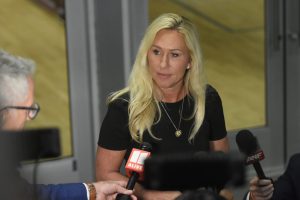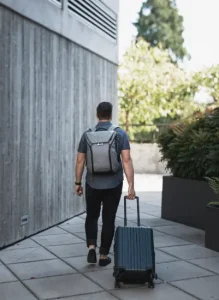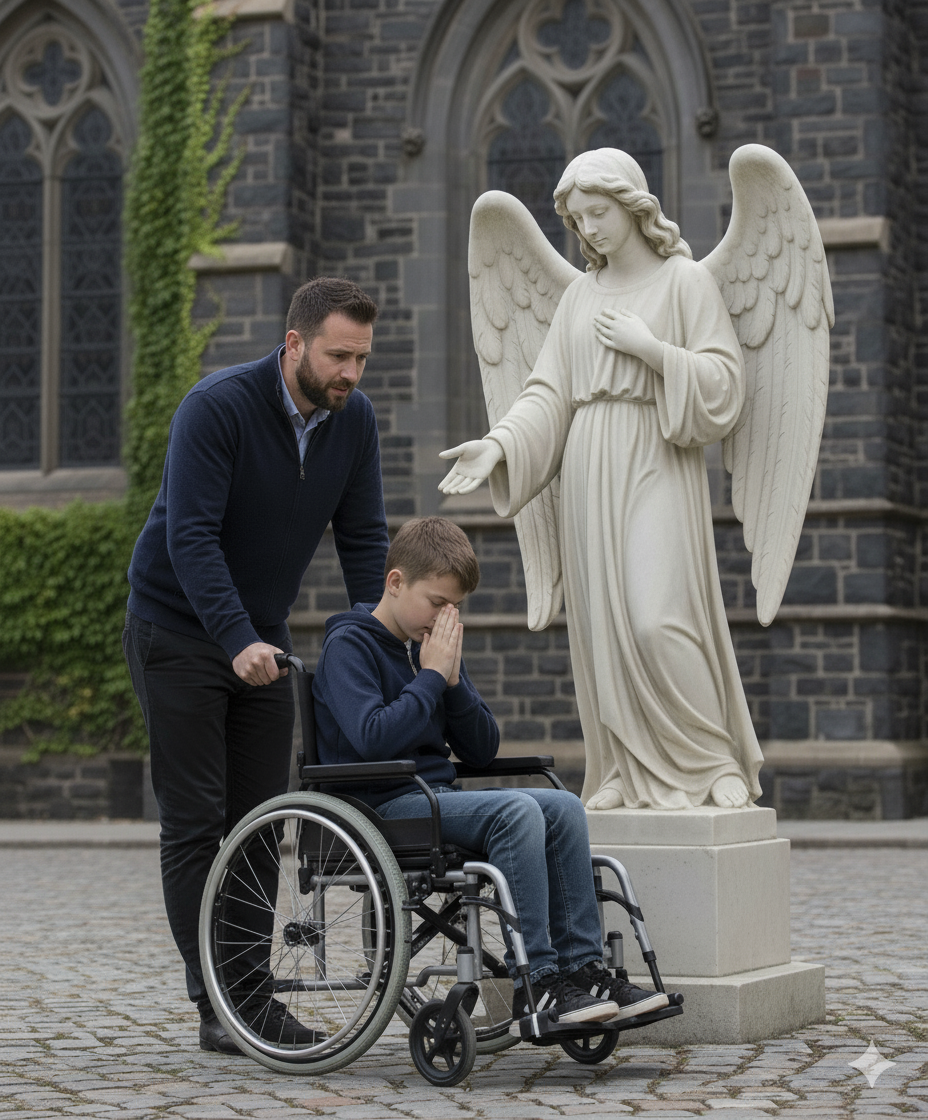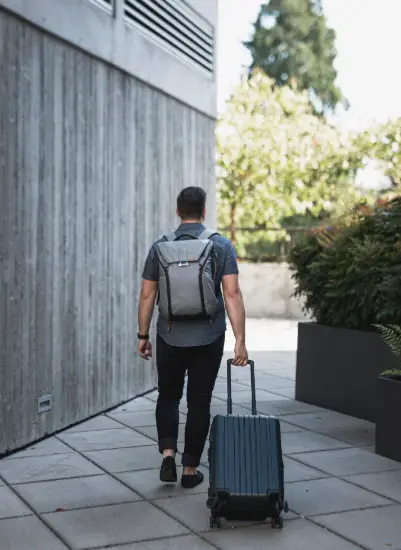The Diagnosis
When the doctors told us our son would never walk, I felt the ground disappear beneath my feet.
My boy was just born, still learning to focus his eyes on our faces, and already his future had been defined by medical limitations. The diagnosis was clear: severe mobility impairment that would require a wheelchair for life.
“You’ll need to prepare yourselves,” the neurologist said, his voice professionally sympathetic. “Focus on what he can do, not what he can’t.”
But my son—even as an infant, even before he could understand words—seemed determined to prove everyone wrong about what was possible.
By age seven, he had become something extraordinary.
A Mind That Soared
My son learned faster than most children his age. He devoured books like they contained secrets to the universe. His teachers marveled at the brightness of his mind, the depth of his questions, the way he approached problems with creative solutions that surprised adults.
But despite all his intellectual gifts, I knew he carried a dream quietly in his heart.
He wanted to run.
Not just walk—to run. To feel wind against his face, to hear the ground beneath his own feet, to chase the horizon like the characters in his favorite books.
He knew what the doctors had said. He understood his condition better than most seven-year-olds could. And yet, every night before falling asleep, I sometimes caught him whispering to himself, almost like a vow:
“One day, I’ll run.”
It broke my heart every time I heard it.
The Weight of Watching
I’ll confess something: sometimes I wished I could borrow his spirit.
Because despite everything he faced, my son possessed something that most adults spend their whole lives searching for—an unshakable belief in possibility. He woke up every morning with a smile, asked questions as if the world was full of treasures waiting to be found, and loved life with a passion that humbled me.
Meanwhile, I—the parent who was supposed to be strong—often struggled with fear. I worried about his future, about accessibility, about the barriers society would place in his path. I worried about what would happen when I was no longer there to advocate for him.
But he never seemed afraid.
It was as if he knew something I didn’t.
The Day at the Church
One crisp autumn afternoon, we took a walk through town. The trees painted the sidewalks gold, the air sharp with the smell of fallen leaves.
We passed an old church, its stone walls worn by centuries. In the courtyard stood a statue of an angel—tall, majestic, its wings spread wide as if embracing heaven itself.
My son stopped his wheelchair suddenly.
“Dad, wait,” he whispered.
I leaned over. “What is it?”
He didn’t answer. Instead, he folded his small hands together, closed his eyes, and began to pray. His voice trembled, but every syllable was filled with raw sincerity:
“I want to walk. Please give me strength. I promise I’ll work hard. I’ll never stop trying.”
The world around me seemed to pause.
My throat tightened. I couldn’t move, couldn’t speak. I just stood there, watching my little boy pour his soul into words so pure they seemed to touch the sky.
When he opened his eyes, he looked at me with a soft smile.
“Let’s go, Dad.”
I nodded, forcing a smile, but inside my heart was aching. I told myself it was just a child’s innocent hope—beautiful, but separate from the medical reality we faced.
What I didn’t know then was that this moment would become the turning point in our journey.
The Determination That Followed
The next morning, something had changed.
My son asked me to contact his physical therapist. He wanted to increase his sessions. He wanted to work harder.
“The prayer isn’t magic, Dad,” he explained with seven-year-old wisdom. “But it reminded me that I have to try. Really try.”
Over the following months, he threw himself into physical therapy with renewed intensity. Exercises that once frustrated him became daily rituals. Movements that caused pain became challenges to overcome.
His therapist, Dr. Martinez, was amazed by his commitment. “I’ve never seen a child this young with such determination,” she told me during one session. “He’s making progress we didn’t think was possible.”
“Is he actually improving?” I asked, afraid to hope.
“His neural pathways are responding to the repetitive training,” she explained carefully. “It’s rare, but not unheard of. Sometimes the brain finds ways to compensate, especially with this level of dedication. We’re seeing muscle development we weren’t expecting.”
But it was slow. Painfully slow.
And every night, I still heard him whispering that same prayer before bed.
The Signs of Change
Six months after that day at the church, I noticed something different.
I found him one morning gripping the arms of his wheelchair with unusual intensity. Beads of sweat glistened on his forehead.
“Are you okay?” I asked.
He nodded, lips pressed tightly together. Slowly, painfully, with every muscle trembling, he tried to push himself upright using the strength he’d been building.
For a moment, his legs quivered like weak branches in the wind.
And then, for just a heartbeat, he stood.
Only for a second. Then he collapsed back into the chair, exhausted but smiling.
“See, Dad?” he said, eyes shining with pride. “The angel gave me strength to keep trying.”
I didn’t correct him. I didn’t explain that it was months of grueling physical therapy, that it was his own willpower, that it was the neuroplasticity Dr. Martinez had talked about.
Because in that moment, I understood something profound: it didn’t matter whether his strength came from prayer, from therapy, or from somewhere deep inside himself.
What mattered was that he believed. And that belief gave him the courage to work harder than any child should have to work.
The Breakthrough
Nearly a year after that prayer at the church, it happened.
We were at home on a quiet Saturday afternoon. He was in the living room, reading as always, when he suddenly called out:
“Dad! Come here!”
I rushed in. He was already gripping the chair’s arms, his face set with determination. Before I could stop him, he pressed down with strength built over months of dedication, lifted himself, and placed one trembling foot forward.
Then another.
Then another.
Step. Step. Step.
I stood frozen, hands trembling, tears blurring my vision. He was walking—shaky, unsteady, requiring every ounce of concentration—but walking.
“Dad,” he whispered, smiling through his tears, “I kept my promise. I worked hard, and I never stopped trying.”
Understanding the Miracle
Dr. Martinez called it “remarkable neuroplasticity combined with exceptional therapeutic compliance.” The neurologist who’d given us the original diagnosis called it “an outlier case—statistically rare but medically documented.”
My son called it answered prayer.
And maybe they were all right.
Maybe the miracle wasn’t that prayer magically changed his body. Maybe the miracle was that prayer gave him the emotional strength to endure months of painful therapy. That it gave him hope when progress seemed impossible. That it transformed his despair into determination.
The prayer at the church hadn’t healed him in a flash of divine intervention. But it had sparked something inside him—a belief that trying mattered, that effort had meaning, that his dream was worth fighting for.
And in fighting for it, he had pushed his body beyond what anyone thought possible.
What My Son Taught Me
That day, my son didn’t just take his first steps. He gave me a gift far greater: he taught me about the relationship between faith and action.
He showed me that belief doesn’t replace work—it fuels it.
That prayer doesn’t eliminate the need for medical treatment—it provides the emotional resilience to endure it.
That miracles aren’t always supernatural events—sometimes they’re the result of human determination meeting the outer edges of medical possibility.
He taught me that hope, when channeled into action, can achieve things that statistics say shouldn’t happen.
The Reality and the Dream
My son still uses his wheelchair most of the time. Walking remains difficult, exhausting, and limited to short distances. The original diagnosis wasn’t wrong—his condition is real and permanent.
But he can stand. He can take steps. He can move in ways the doctors said would be impossible.
And more importantly, he learned something invaluable: that he has agency over his own life, that obstacles can sometimes be overcome through dedication, and that believing in yourself can give you strength to endure challenges others might surrender to.
The angel statue still stands in that church courtyard. We visit it sometimes. My son doesn’t pray for walking anymore—he prays in gratitude for the strength to keep trying, for the doctors and therapists who helped him, for the progress he’s made.
And I pray too. I pray in thanks for the reminder that hope and hard work, when combined, can sometimes achieve what seems impossible.
The Lesson for All of Us
This isn’t a story about prayer replacing medicine. It’s about how belief, determination, and professional medical care can work together.
My son’s progress came from intensive physical therapy, expert medical guidance, his own extraordinary willpower, and perhaps a rare neurological capacity for recovery that science doesn’t fully understand yet.
But that prayer at the church? It mattered too. Not because it changed his body through supernatural means, but because it changed his heart. It gave him the courage to face months of painful work. It transformed a passive wish into active determination.
That’s the real miracle I witnessed—not that my son defied medical science, but that he found within himself the strength to try, to work, to hope, and to persist when every step was agony.
Every time I see him now—walking those difficult steps, stumbling, falling, and rising again—I remember the angel. And I remember the little boy who prayed beneath its wings.
Because that prayer didn’t change everything.
But it changed him.
And that made all the difference.
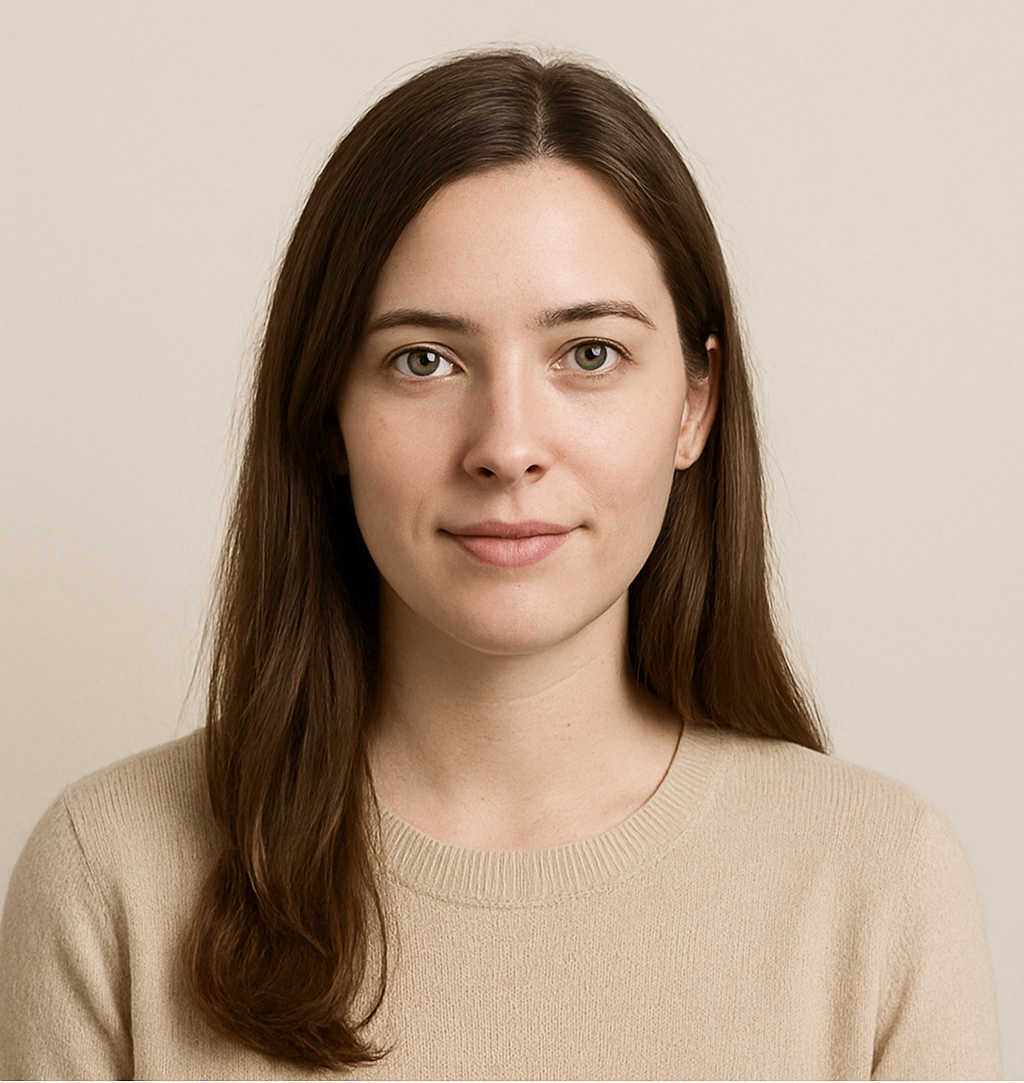
Emily Johnson is a critically acclaimed essayist and novelist known for her thought-provoking works centered on feminism, women’s rights, and modern relationships. Born and raised in Portland, Oregon, Emily grew up with a deep love of books, often spending her afternoons at her local library. She went on to study literature and gender studies at UCLA, where she became deeply involved in activism and began publishing essays in campus journals. Her debut essay collection, Voices Unbound, struck a chord with readers nationwide for its fearless exploration of gender dynamics, identity, and the challenges faced by women in contemporary society. Emily later transitioned into fiction, writing novels that balance compelling storytelling with social commentary. Her protagonists are often strong, multidimensional women navigating love, ambition, and the struggles of everyday life, making her a favorite among readers who crave authentic, relatable narratives. Critics praise her ability to merge personal intimacy with universal themes. Off the page, Emily is an advocate for women in publishing, leading workshops that encourage young female writers to embrace their voices. She lives in Seattle with her partner and two rescue cats, where she continues to write, teach, and inspire a new generation of storytellers.
